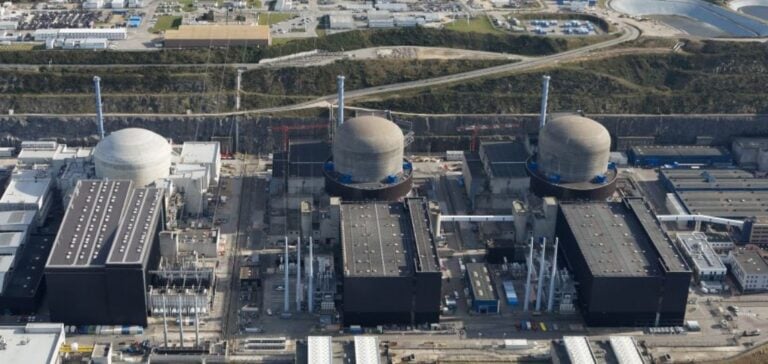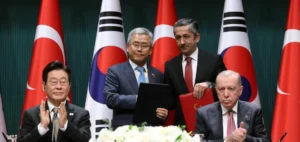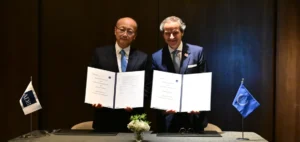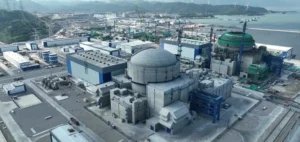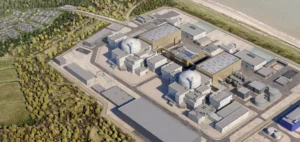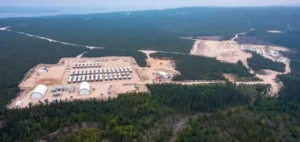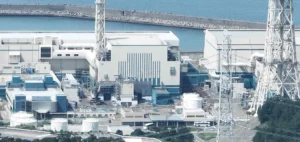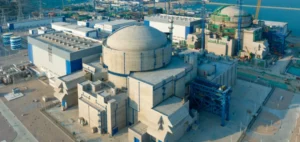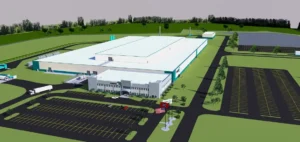The Flamanville EPR is experiencing an automatic shutdown following its first nuclear fission reaction.
This event occurred just as the reactor was beginning its commissioning process, a delicate phase marked by a gradual build-up of power.
According to EDF, this shutdown is the result of a safety system designed to prevent any malfunction during this ramp-up.
Technical checks and in-depth analyses are currently underway to determine the precise reasons for the shutdown, and to restart the reactor.
Safety protocols in force on this type of reactor require automatic shutdowns as soon as potential anomalies are detected.
These procedures are commonplace in the nuclear industry, where every stage of the commissioning process is strictly regulated to guarantee plant safety.
Initial information indicates that an inappropriate plant configuration may be the cause of the shutdown.
EDF is following procedures to make the necessary adjustments and restart the reactor.
Technical Challenges and Risk Management
Commissioning the EPR is a complex process, involving multiple tests and checks.
Any incidents or unplanned shutdowns, such as the one at Flamanville, are part of normal start-up operations.
Nicolas Goldberg, an expert at Colombus Consulting, points out that such shutdowns are common in new nuclear reactor start-ups, as demonstrated by the experience of the Olkiluoto EPR in Finland.
The latter had to cope with a number of technical adjustments, such as replacing faulty hydraulic pumps, before becoming operational.
These challenges, though expected, call for rigorous risk management and meticulous planning of maintenance operations.
The safety and reliability of nuclear installations are top priorities, and each shutdown provides an opportunity to improve reactor performance and safety.
EDF’s technical teams are currently mobilized to analyze the data and resume power ramp-up under the best possible conditions.
Cost Challenges and Backlogs
The Flamanville EPR is an ambitious project, but it has also been marked by major delays and significant cost increases.
The project, originally scheduled to be operational in 2012, is now 12 years behind schedule.
The total cost of the project now stands at 13.2 billion euros, four times the original budget.
These cost overruns reflect the many technical and regulatory challenges the reactor has faced.
EDF recently passed a crucial milestone with the first fission reaction, authorized by the French Nuclear Safety Authority (ASN).
The process of ramping up the reactor’s power output is continuing in stages.
EDF expects to reach 25% power by late autumn, when the reactor will be ready for connection to the national grid.
However, unforeseen technical adjustments, such as the recent automatic shutdown, may still affect this schedule.
Next step: Grid connection
Grid connection is a key milestone for the Flamanville EPR.
Once this stage has been reached, the reactor will gradually begin to supply the grid with increasing capacity.
This ramp-up will take place in stages, with each power level requiring further validation to ensure stable, safe operation.
The aim is to guarantee seamless integration into the national energy grid.
The Flamanville EPR reactor, with a planned output of 1,600 MW, will become the most powerful reactor in France.
It is designed to power around three million homes.
The road to full capacity continues to be punctuated by technical challenges and control procedures, but each step taken brings the EPR a little closer to full commissioning.


